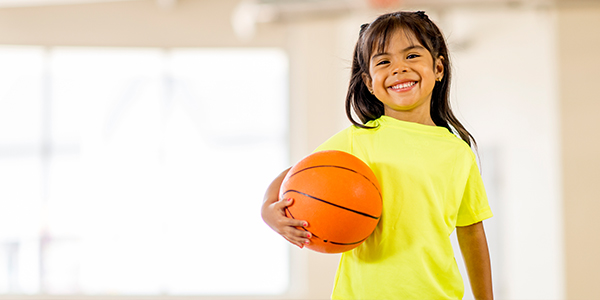If you want to raise a healthy child, encouraging exercise has to be part of your game plan. In 2012, the percentages of children and adolescents who were obese was more than double what they were 30 years ago, according to the Centers for Disease Control and Prevention..

Encourage your children to take up physical activities that are sustainable over a lifetime, including playing sports. “Physical activity, whether through informal or organized sports, is important for optimal health, growth and development of children,” says Sally S. Harris, M.D., pediatric sports medicine specialist at the Palo Alto Medical Foundation.
Although some parents may worry about injuries from playing sports, Dr. Harris notes “the many health benefits far outweigh the risks of injury, most of which can be prevented or appropriately treated.”









